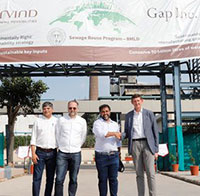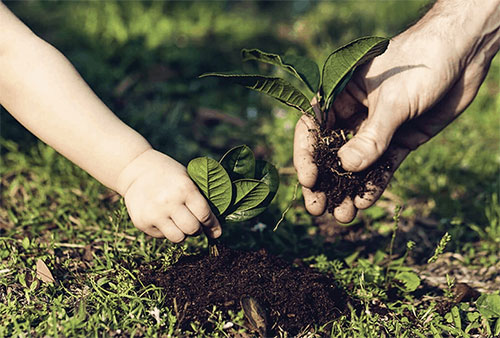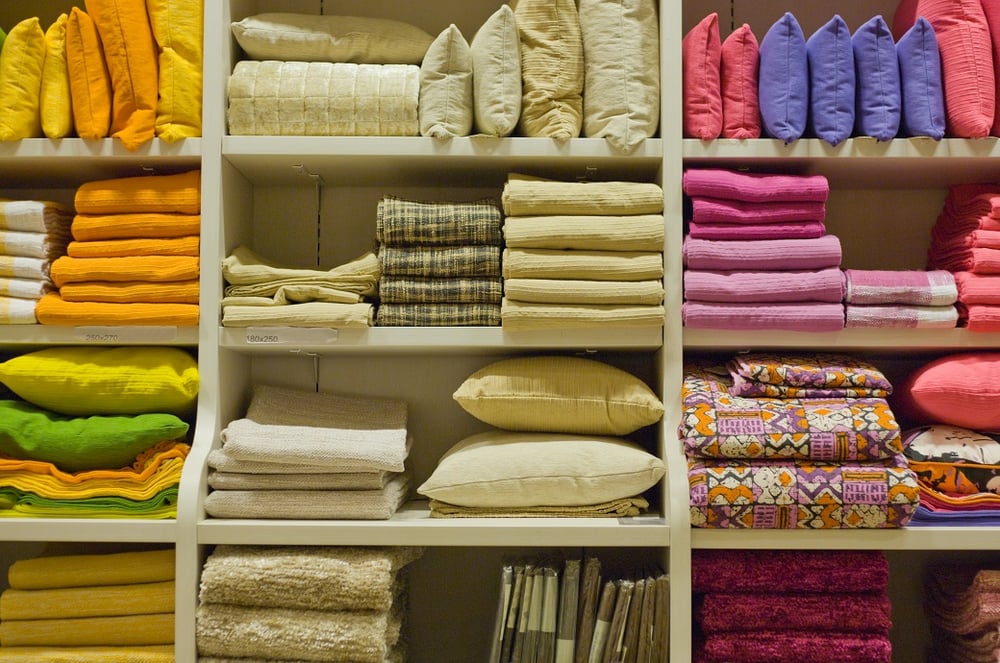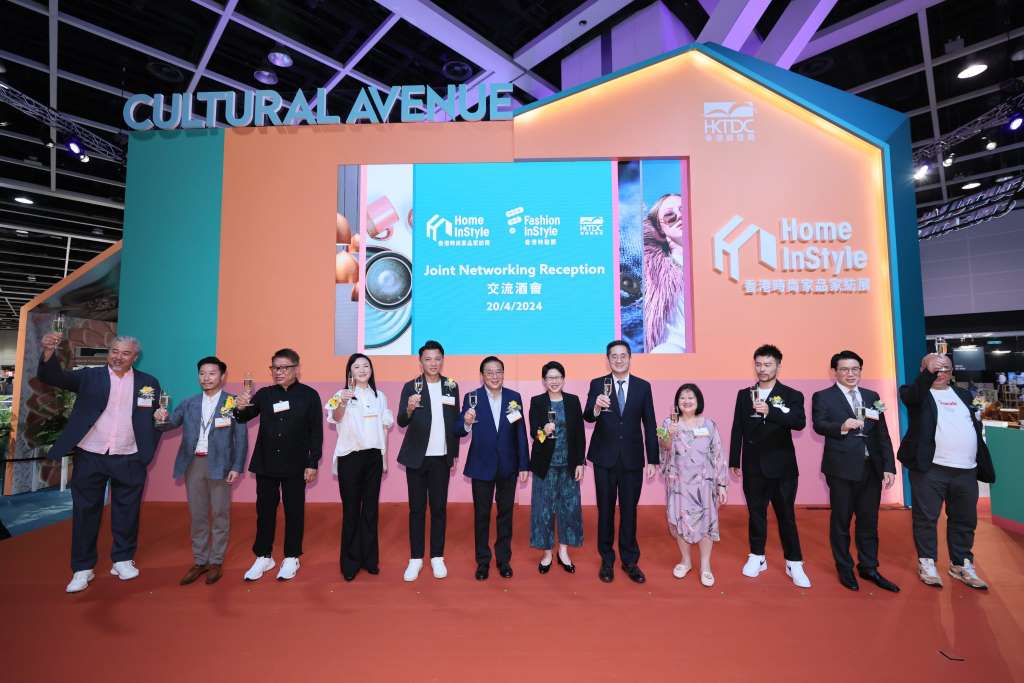"Finally in 2019, the global business community, politicians and consumers awakened to the importance of sustainability that is affecting everyone to a great or less degree. Driven by consumer’s demand for carbon neutrality, the textile industry is slowly adapting its manufacturing processes to fully reverse the damage done in the past."
 Finally in 2019, the global business community, politicians and consumers awakened to the importance of sustainability that is affecting everyone to a great or less degree. Driven by consumer’s demand for carbon neutrality, the textile industry is slowly adapting its manufacturing processes to fully reverse the damage done in the past.
Finally in 2019, the global business community, politicians and consumers awakened to the importance of sustainability that is affecting everyone to a great or less degree. Driven by consumer’s demand for carbon neutrality, the textile industry is slowly adapting its manufacturing processes to fully reverse the damage done in the past.
Numerous new technologies are emerging pushed by inscrutable marketers, there is a lot of green washing in the media. Industry leaders are investing billions into sustainable alternatives for example Gap and Arvind recently fulfilled their pledge to build a joint bioreactor project to save over 2.5 billion litres of water annually. This new water treatment facility will eliminate the use of freshwater at Arvind’s denim manufacturing facility in Ahmedabad. This marks a significant milestone in the ongoing efforts of both companies to reduce the amount of water used in the apparel production pipeline.
The apparel industry is one of the most intensive users of water in the world and, in India, 54 per cent of the population faces a high to extremely high water risk. Arvind’s denim manufacturing facility in Ahmedabad, the first mill in India to manufacture denim, will now operate entirely with reclaimed water using a membrane bioreactor technology, which will treat domestic water drawn from the surrounding community without chemicals in the process.
population faces a high to extremely high water risk. Arvind’s denim manufacturing facility in Ahmedabad, the first mill in India to manufacture denim, will now operate entirely with reclaimed water using a membrane bioreactor technology, which will treat domestic water drawn from the surrounding community without chemicals in the process.
Increase in availability of sustainable fibers
In the last one year, huge strides have been made in technical production and availability of sustainable fibres. Currently, approximately 31 manufacturers across the world manufacture wood pulp fibre with Lenzing being the leader in this field. Responsible sourcing and sustainability are the key elements of the company’s corporate strategy as these help preserve global forests and prevent deforestation
Arcelik, the parent company of 12 leading home appliance brands recently announced its commitment to make its micro-fibre filtering technologies available to competitors in the home appliance industry. The company has developed the world’s first washing machine with a built-in synthetic micro-fibre filtration system, which will be available for purchase in 2020. It flushes down over 1 million micro-fibres per wash cycle to end up in our oceans and are proven to be contaminating the food chain. It is ready to share the new cutting edge technology for the greater good.
Circularity to help preserve resources
Already a big business, circularity is likely to grow. A circular economy can help us save precious resources by changing the fundamental principles of product design and utilising recycled fabrics and fibres wherever possible.
To meet the growing demand, new recycling technologies are being developed. For instance, Poseidon Plastics has developed a unique monomer recycling technology that converts polyester waste to recycled raw materials (BHET) to produce RPET has signed an MOU contract with Dupont, and Teijin Films to assist and develop a pathway to constructing an initial 1,000 tonne per year with a further increase to 10,000 tonne per plant per year achievable.
However, we need to understand the recycling process first if we wish to correctly define it for end-users. The consumer needs clarification, and the manufacturer needs certification to ensure that the carbon footprint, and environmental impact of the recycled fabrics we choose, is less than the original version. Thus, the textile workbook has changed forever. Now, an active collaboration between brands and consumers can help the industry to take that huge step towards sustainability.












